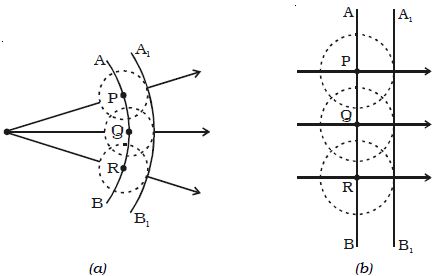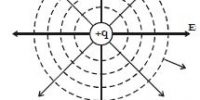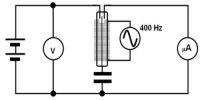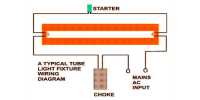Huygen’s principle helps us to locate the new position and shape of the wavefront at any instant, knowing its position and shape at any previous instant. In other words, it describes the progress of a wave front in a medium.
Huygen’s principle states that,
(i) every point on a given wave front may be considered as a source of secondary wavelets which spread out with the speed of light in that medium and
(ii) the new wavefront is the forward envelope of the secondary wavelets at that instant.
Huygen’s construction for a spherical and plane wavefront is shown in Fig: a.
Let AB represent a given wavefront at a time t = 0. According to Huygen’s principle, every point on AB acts as a source of secondary wavelets which travel with the speed of light c. To find the position of the wave front after a time t, circles are drawn with points P, Q, R … etc as centres on AB and radii equal to ct. These are the traces of secondary wavelets. The arc A1 B1 drawn as a forward envelope of the small circles is the new wavefront at that instant. If the source of light is at a large distance, we obtain a plane wave front A1 B1 as shown in Fig: b.

Fig: Huygen’s principle















